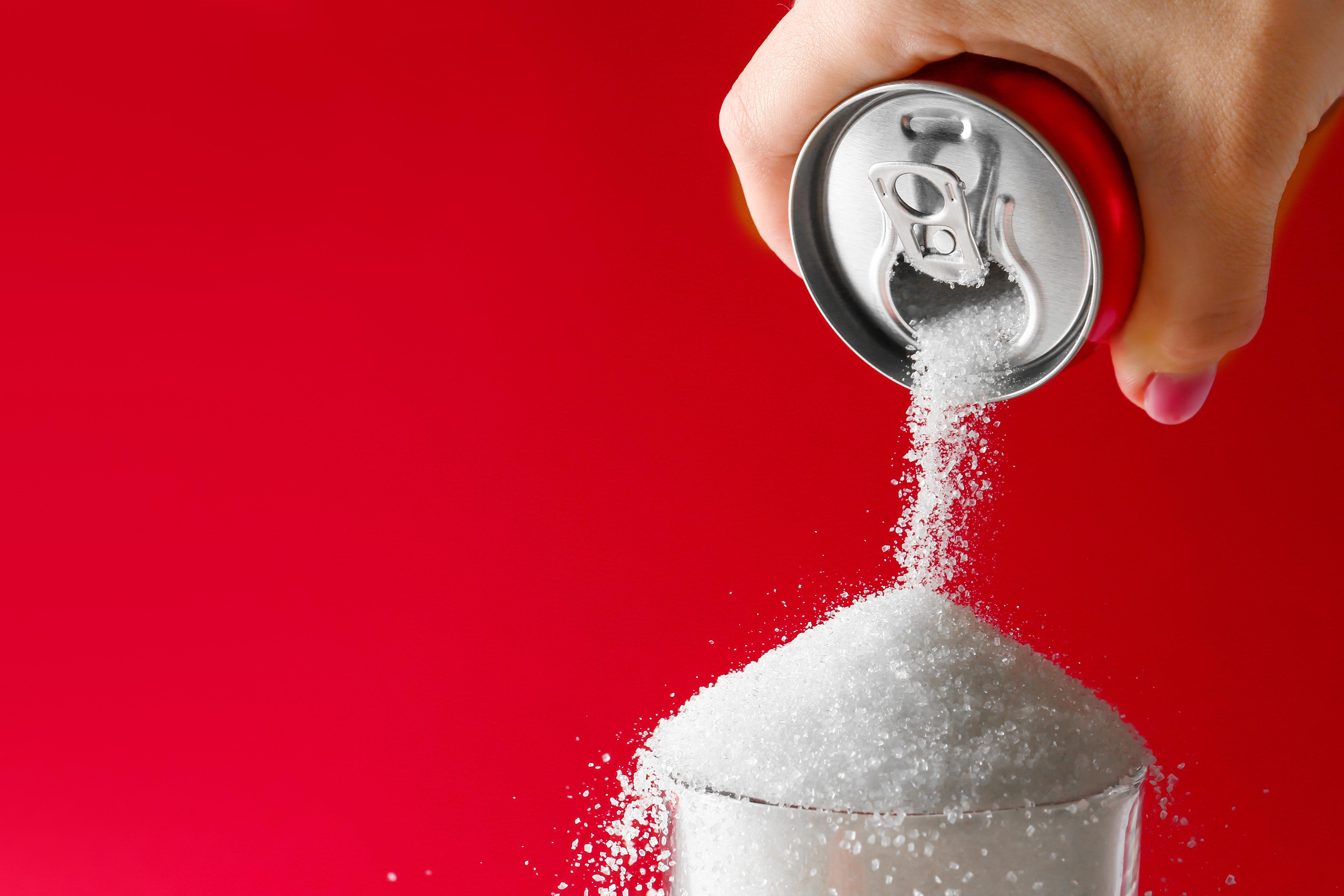Another disease sugar helps promote: Lung cancer

Before 1900 there were only 150 reported cases of lung cancer in the United States, a rather low number given that humans had been consuming tobacco leaves for millennia. Cultivation sites were discovered in Mexico dating back 3,400 years, and it was traded globally for centuries.
Camel cigarettes were introduced in 1913. R.J. Reynolds Tobacco had the peculiar notion of blending tobaccos. The following year four hundred cases of lung cancer were diagnosed. That number went up seven times over the next sixteen years. By 2005, Gary Taubes writes, 163,000 Americans died of the disease. What happened?
Sugar.
In The Case Against Sugar, Taubes goes to great lengths to honor scientific principles. Large-scale studies on sugar’s role in obesity, diabetes, and heart disease are challenging, as the carbohydrate appears to be a dosage-dependent chronic toxin. It takes decades and thousands upon thousands of instances of ingestion to show its terrifying results. No research institutions are equipped to handle such an investigation; too many variables to adjust for exist in such numbers.
Yet it’s obvious that sugar plays a, if not the, primary role in metabolic disease, which unfolds into a host of other issues—experts predict 75 million Americans currently suffer from this precursor to diabetes. According to Taubes, millions of smokers worldwide likely became hooked due to a sugar soaking of their cigarettes.
For most of history cigarettes were not the most popular vehicles for tobacco ingestion. Chewing tobacco, cigars, and pipes were the dominant modes of delivery. In the 1860s the tobacco industry began flue-curing (instead of air-curing) tobacco leaves, making inhalation more palatable. This method, it turns out, is deadly.
Tobacco that begins with a relatively high carbohydrate content (up to 50 percent of dry weight) but is low in sugar (3 percent) ends up as much as 22 percent sugar, sucrose specifically.
Inhaling pipe and cigar smoke is impossible for most smokers as the product is largely alkaline. Sugar-rich tobacco creates acidic smoke, allowing smokers to toke harder and longer, sending it deeper into their lungs.
When sugar content increases, nicotine actually decreases. It also makes nicotine less absorbable. The lower the nicotine the less enjoyable (and addictive) the cigarette is. The lower the sugar the harder to smoke—a disagreeable conundrum for companies selling cigarettes.
Hello sugar sauce. Tobacco farmers realized that the heartier, nicotine-rich Burley tobacco easily absorbed sugar while drying. A sugar solution was created from a host of sweet stuff—honey, licorice, molasses, fruit syrups, maple syrup. Chewing tobaccos gained flavor. And addicts.
Which is what R.J. Reynolds realized when manufacturing Camels. By the time the Great Depression was about to commence the industry was using “fifty million pounds of sugar a year and using it in over 120 billion cigarettes.”
The confusing antics of Big Sugar are eerily similar to previous efforts by tobacco lobbyists, for good reason: it’s using the same playbook. Sugar groups claim weight gain is the result of sedentary habits and overeating, utilizing the disproven idea that ‘a calorie is a calorie,’ as well as a false equivalency with dietary fats.
Like fundamentalist religious groups inventing a ‘debate’ between creationism and evolutionary biology, then sneaking it into public schools (or arguing for charter schools not subject to the same pesky regulations), sugar companies have a vested interest in keeping people consuming the sweet stuff, advertising it through misinformation and nutritional confusion.
All the while they knew what they were doing. Taubes concludes,
The cigarette industry could have made cigarettes that were harder to inhale… and so the nicotine would have been less addictive, but then they’d have sold fewer cigarettes and hooked fewer smokers.
The top issue in America right now is health care: who has it, what we’re paying, how effective coverage is, and who is about to lose it if the ACA is repealed. In the larger spectrum of our health, we have to own up to the fact that many of our ‘Western diseases’ are self-inflicted. The fault is not entirely our own—corporate interests with large advertising accounts have trumped scientific analysis and honest research for generations. Where Big Money is, Big Misinformation and Big Confusion trail closely behind.
But we can’t escape the fact that obesity, heart disease, diabetes, and lung cancer share a similar catalyst, a carbohydrate marketed as benign that has in actuality wreaks havoc on our bodies and brains. The first step in addiction recovery is admitting we have a problem. Until we do recovery is impossible, and Big Sugar laughs all the way to the bank.
—
Derek’s next book, Whole Motion: Training Your Brain and Body For Optimal Health, will be published on 7/4/17 by Carrel/Skyhorse Publishing. He is based in Los Angeles. Stay in touch on Facebook and Twitter.





